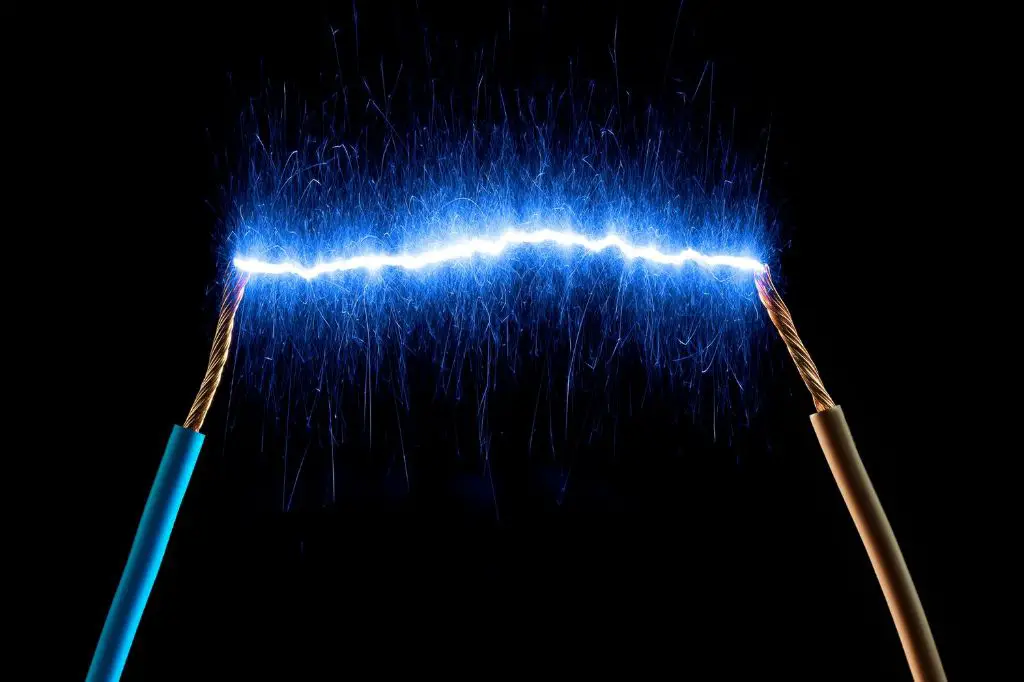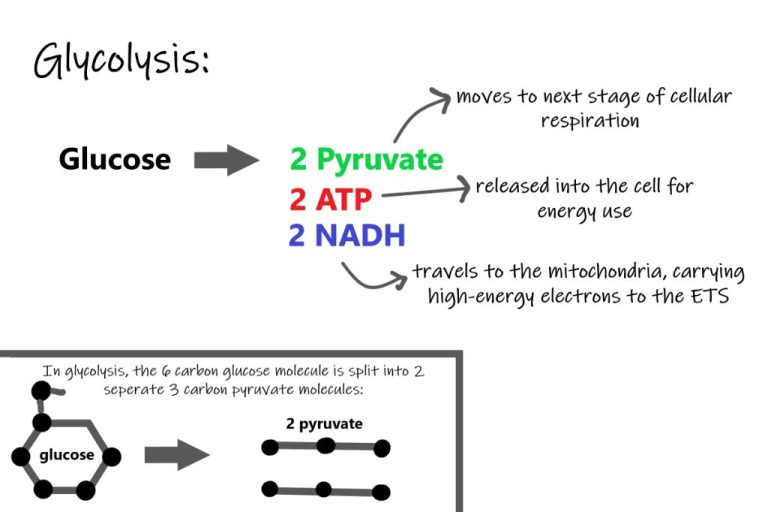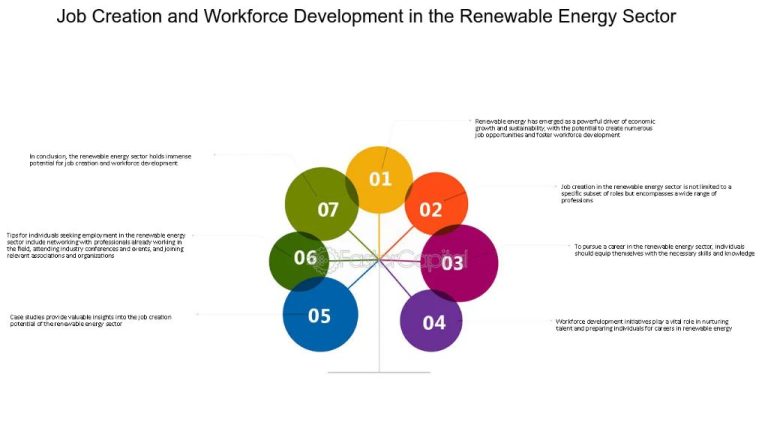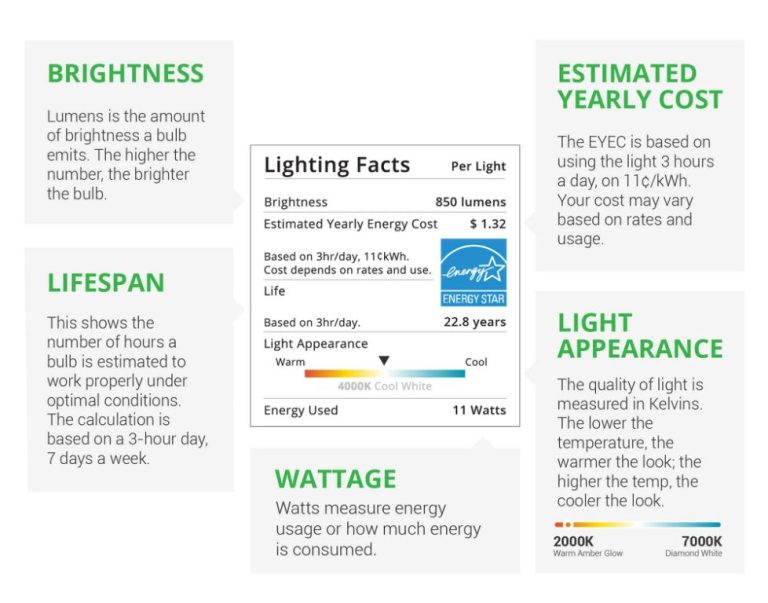What Is Electricity Flow In A Pathway Called?
Electricity is the flow of electrons through a conductive pathway like a wire or circuit. It is a form of energy that is created by the movement of electrons. For electricity to flow, there must be a power source like a battery or generator that provides voltage, which pushes the electrons through the conductive material. The flow of electricity powers many of the devices and appliances we use every day.
When the electrons flow through the pathway, this movement of charge is called electric current or just current. Electric current is measured in Amperes or Amps for short. The force pushing the electrons is called voltage and is measured in Volts. Some materials like copper easily allow electricity to flow and are called conductors. Other materials like rubber do not allow electricity to flow easily and are called insulators. By understanding these basic concepts of current, voltage, and resistance, we can harness the power of electricity for useful purposes.
Current
Electrical current is the flow of electric charge carriers in a conductor. It is measured in amperes (A), which indicates the amount of charge flowing past a specific point over a given time period. The flow of current occurs when there is a voltage (electrical pressure) applied across a conductor or circuit element. Electrons are the charge carriers that allow current to flow in metals and most other materials.
Current flows in the direction of decreasing voltage. So when voltage is applied across a conductor, electrons begin flowing from the negative terminal towards the positive terminal. This creates a stream of electrons moving through the conductor, which we observe as electrical current flow. The greater the voltage applied, the stronger the current that is generated as more electrons flow.
Electrical current flows in a complete loop through a circuit. It flows from the power source through the circuit components and back to the source. Current flows easily through conductors like copper wire, which have free electrons. But it cannot flow through insulators which lack free electrons. The current passes through all parts of a series circuit in a single pathway.
Voltage
Voltage is the difference in electric potential between two points in a circuit. It measures the “push” or pressure that causes electric current to flow in a circuit. Voltage is sometimes referred to as electric potential or electromotive force (EMF).
Voltage and current are directly proportional to each other, based on Ohm’s law. For a given resistance, increasing the voltage results in a proportional increase in current. Likewise, for a given voltage, increasing the resistance results in a decrease in current. The relationship between voltage (V), current (I), and resistance (R) is defined by Ohm’s law: V = I x R.
For example, if a circuit has a voltage of 12 volts and a resistance of 3 ohms, the resulting current would be I = V/R = 12/3 = 4 amps. By increasing the voltage to 24 volts (while keeping resistance the same), the current would double to 8 amps.
Resistance
Electrical resistance is a measure of the degree to which an object opposes (or resists) an electric current through it. Resistance is what converts electrical energy into heat, light, sound, mechanical energy, or other forms of energy. The amount of resistance depends on the material’s properties and dimensions.
The most important factors that affect an object’s electrical resistance are:
- Resistivity – This is an intrinsic property of the material that indicates how strongly it opposes electric current. Materials like silver, copper, and gold have very low resistivity, while materials like rubber and clay have very high resistivity.
- Length – Longer objects have more resistance since current must travel a greater distance through the resisting material.
- Cross-sectional area – Thinner objects have more resistance since the current is squeezed through a smaller area. Larger cross-sectional area provides less resistance.
- Temperature – For metals, higher temperatures mean more vibrating atoms, which impede electron flow and increase resistance. Semiconductor resistance decreases with higher temperatures.
By understanding factors that affect resistance, electrical systems and components can be designed to have the desired amount of opposition to current flow for a given application.
Ohm’s Law
Ohm’s law is the fundamental relationship between current, voltage, and resistance in electrical circuits. It states that the current (I) flowing through a conductor is directly proportional to the voltage (V) applied across it, and inversely proportional to its resistance (R). This can be expressed mathematically as:
I = V/R
Where:
- I is the current in amps (A)
- V is the voltage in volts (V)
- R is the resistance in ohms (Ω)
Some key points about Ohm’s law:
- It only applies to circuits or circuit elements with a single/constant resistance
- The current and voltage are directly proportional – if you double the voltage, the current also doubles
- The current and resistance are inversely proportional – if you double the resistance, the current is halved
Ohm’s law is useful for analyzing circuits. If you know two of the variables (I, V, R), you can calculate the third. For example:
- If a circuit has a 10V battery and a 5Ω resistor, the current is I = V/R = 10V / 5Ω = 2A
- If a circuit passes 2A of current with a 8Ω resistor, the voltage is V = I*R = 2A * 8Ω = 16V
Ohm’s law forms the basis for calculating power, which is voltage multiplied by current (P = VI). It is a fundamental relationship applicable to any electrical circuit.
Circuit Pathways
A circuit pathway refers to the path electricity takes through a circuit. Electricity flows in loops called circuit pathways from the power source through different components and back to the source.
There are two main types of circuit pathways – series circuits and parallel circuits.
Series Circuits

In a series circuit, there is only one pathway for electricity to flow. All components in a series circuit are connected end-to-end in a single loop.
For example, if there are three light bulbs in a series circuit, electricity will flow through light bulb 1, then light bulb 2, then light bulb 3 before returning to the power source. The current is the same at each point in a series circuit.
Parallel Circuits
In a parallel circuit, there are multiple pathways for electricity to flow. Components are connected between sets of common points, creating multiple loops.
For example, if there are three light bulbs in a parallel circuit, electricity can flow through each light bulb independently before returning to the power source. The current in a parallel circuit splits and has different values across each branch.
Incomplete vs Complete Circuits
For electricity to flow in a circuit, it must make a complete loop and return to the power source. If there is a break anywhere in the pathway, it becomes an incomplete circuit and electricity will not flow.
In a complete circuit, the loop is unbroken and electricity can flow around continuously. All the components are part of a single pathway allowing the current to travel through.
Conductors and Insulators
Conductivity in materials is their ability to allow the movement of electric charge. Materials that allow charge flow are called conductors, while those that don’t are called insulators. Here are the key differences:
Conductors:
- Allow electric current to flow easily
- Have free electrons that can move to transmit electricity
- Common conductors: metals like copper and aluminum
Insulators:
- Don’t allow electric current to flow easily
- Electrons are tightly bound to atoms and can’t move to transmit electricity
- Common insulators: glass, plastic, rubber, air
This difference in electric conductivity makes conductors ideal for wiring while insulators are used to prevent contact and electric shocks. A mix of conducting and insulating materials is important for controlling electricity flow in circuits and electrical devices.
Real-World Examples
Electricity flows through many common items we use every day. Here are some examples:
-
Phone chargers – Electricity flows from the wall outlet through the phone charger cable to your phone’s battery to charge it.
-
Lamps and light bulbs – When you flip the light switch, electricity flows through the wires in the walls to the light fixture and powers the bulb to emit light.
-
Electric stoves – Electricity flows through the coils or burners to generate heat for cooking.
-
Hair dryers and curling irons – Electricity flows through heating elements to heat the air or barrel for styling hair.
-
Refrigerators – Electricity powers the compressor and fan that circulate coolant to keep food cold.
-
Computers – Electricity flows through internal components like the motherboard, CPU, GPU, and more to power the computer.
These are just a few everyday examples of how electricity flows through common items in our homes and offices.
Electrical Safety Tips and Precautions
Electricity is an essential part of our daily lives, but it can also be dangerous if mishandled. Here are some tips to stay safe around electricity:
- Never put your finger or anything conductive in an electrical outlet or touch exposed wires. This can cause electrical shock or electrocution.
- Don’t overload outlets or extension cords. Overloading can cause overheating and potential fires.
- Regularly inspect electrical cords for damage. Frayed or cracked cords can expose wires and present a shock hazard.
- Keep electrical appliances away from water to avoid shocks. If an appliance falls in water, unplug it before retrieving it.
- Install GFCIs (ground-fault circuit interrupters) in kitchens, bathrooms and other areas prone to water.
- Keep appliances and cords away from hot surfaces. Heat can damage insulation and wiring.
- Ensure outdoor outlets are rated for outdoor use and protected from moisture.
- Don’t remove the ground pin from a three-prong plug to make it fit a two-prong outlet. The ground pin is an important safety feature.
- Keep a fire extinguisher nearby in case of an electrical fire. Don’t use water to extinguish an electrical fire.
- Make sure kids don’t put anything into outlets or play with appliances. Use outlet covers and keep cords out of reach.
Following basic precautions around electricity can prevent shocks, electrocution, fires and other hazards. If ever in doubt, consult an electrician about home electrical safety.
Conclusion
To summarize, the flow of electricity through a pathway is called current. Current is measured in amperes and depends on the voltage (electrical pressure) and resistance in the circuit. Understanding concepts like Ohm’s Law, which describes the relationship between current, voltage, and resistance, is key to working with electrical circuits and pathways safely and effectively.
Knowing how electricity behaves as it travels along conductors enables the design of functional circuits for applications like electronics, appliances, and power systems. Insulators play an equally important role by preventing unwanted current flows. Following proper safety precautions when dealing with electricity is vital as well.
Overall, a solid grasp of the principles governing the flow of electric current empowers innovation in many technological fields and helps prevent hazards from electrical faults or accidents. Though an invisible phenomenon, the orderly motion of charges along circuit pathways quietly powers the modern world.






